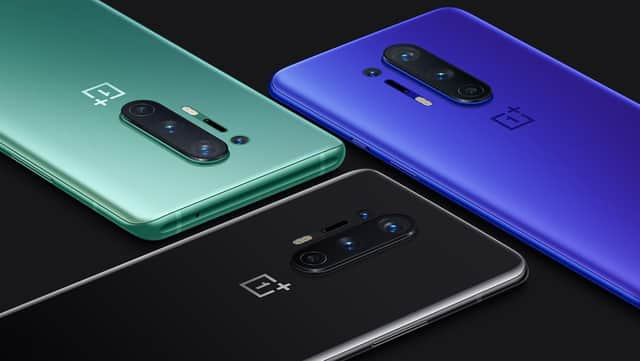The best-selling phone brands you’ve never heard of


But the market leaders today are names that meant nothing a year or two ago, and which remain unfamiliar even now. Where have they come from? And are Realme, Xiaomi, Oppo and others real companies or made-up words to disguise inferior “own brands” exclusive to particular retailers?
It’s a fair question because in the electronics world especially, brand names are as much commodities to be bought and sold as the products on which they appear. Polaroid, for instance, was once a world innovator in instant cameras; today its name is licensed by Asda for its range of cheap TVs. Bush, once a bastion of British technology, is now just one of the names Argos puts on products it sources from any number of manufacturers.
Advertisement
Hide AdAdvertisement
Hide AdIn the case of Android phones, though, the opposite is true. Instead of disparate products sold under a single name, you’re more likely to find one company putting out similar models under an array of different brands.
The emerging leader in affordable phones is a company you have likely never heard of. BBK Electronics is a Chinese corporation whose sales in the far east have made it one of the biggest manufacturers in the world. Only Samsung, Huawei and Apple, in that order, are bigger.
BBK makes nearly one new phone in every four, yet none bears the logo of the parent company. Instead, they carry one of five brand names: Oppo, Vivo, OnePlus, Realme or iQOO. All are now officially available in the UK, most at prices between £100 and £400, and all compete with each other.
The Realme name is especially confusing because it looks at first glance like Redmi, a brand owned by a different and only slightly smaller Chinese manufacturer, Xiaomi. Its range also includes models badged as Mi and Poco.
Advertisement
Hide AdAdvertisement
Hide AdSo that’s eight names between two manufacturers. Huawei, which is now bigger than Apple, adds two more: its own and that of its “sub-brand”, Honor. The question is, should you trust them as much as names you’ve known for years?
It’s dangerous to generalise because some models are better than others, but it’s fair to say that not only are they a sound choice, you will get more for your money with any of them than from a premium brand like Apple or Samsung. The possible exception is Huawei and Honor, whose latest phones have famously provoked an international incident and as a result come without access to the Google apps you expect.
Among the current bargains are the £190 Poco X3 NFC from Xiaomi, which has a screen almost as big as a 7in tablet, four rear cameras and an extremely generous six gigabytes of memory. The Redmi Note 9S, also from Xiaomi and not to be confused with Samsung’s Galaxy Note range, is £15 less and almost as well specified.
The Oppo A5 2020 is only £100 but still manages four rear cameras and above-average battery life. More lenses do not necessarily mean more quality, however. The less you pay, the more you can expect corners to have been cut, so always read the reviews before choosing which model to buy.
Advertisement
Hide AdAdvertisement
Hide AdAt the other end of the market, the flagship OnePlus 8 Pro, at £800 – or less in the January sales – is a worthy rival to the iPhone 11 Pro and the Samsung Galaxy S20 Plus, with a stunning, curved display, massively powerful processor and 8GB of memory.
It’s a different animal to its cheaper stablemates but it has one thing in common: you’re paying for what’s in the box, not the name on the outside.
Support The Yorkshire Post and become a subscriber today. Your subscription will help us to continue to bring quality news to the people of Yorkshire. In return, you’ll see fewer ads on site, get free access to our app and receive exclusive members-only offers. Click here to subscribe.
Comment Guidelines
National World encourages reader discussion on our stories. User feedback, insights and back-and-forth exchanges add a rich layer of context to reporting. Please review our Community Guidelines before commenting.